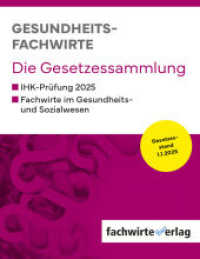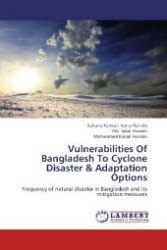- ホーム
- > 洋書
- > ドイツ書
- > Humanities, Arts & Music
- > Linguistics
- > general surveys & lexicons
Description
(Text)
(Text)
On the basis of a world-wide convenience sample of 116 languages, the distribution of zero-marking of spatial relations over the languages of the world is shown to largely escape any genetically, areally and/or typologically based constraints. The main goal of this book is to firmly establish the cross-linguistic occurrence of the zero-marking of spatial relations and to provide a framework for its study in terms of economy and predictability.
(Author portrait)
Thomas Stolz, University of Bremen; Sander Lestrade, Radboud University Nijmegen; Christel Stolz, University of Bremen.
(Text)
On the basis of a world-wide convenience sample of 116 languages, the distribution of zero-marking of spatial relations over the languages of the world is shown to largely escape any genetically, areally and/or typologically based constraints. The main goal of this book is to firmly establish the cross-linguistic occurrence of the zero-marking of spatial relations and to provide a framework for its study in terms of economy and predictability.
(Author portrait)
Thomas Stolz, University of Bremen; Sander Lestrade, Radboud University Nijmegen; Christel Stolz, University of Bremen.








